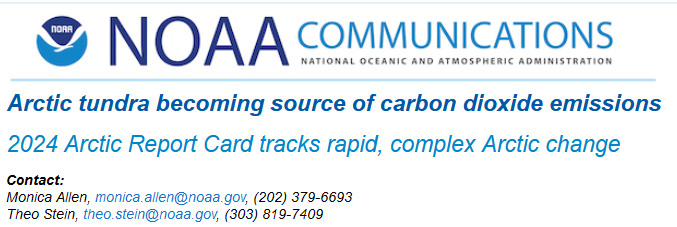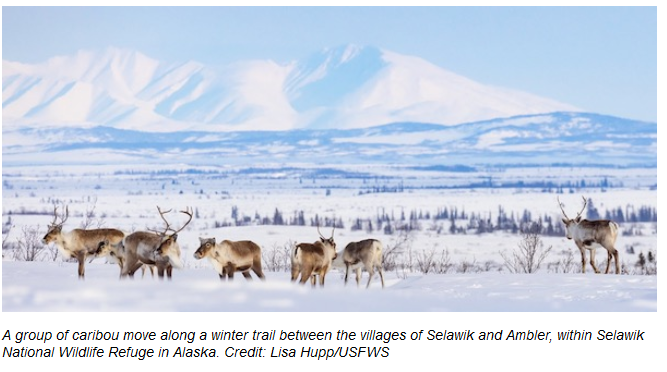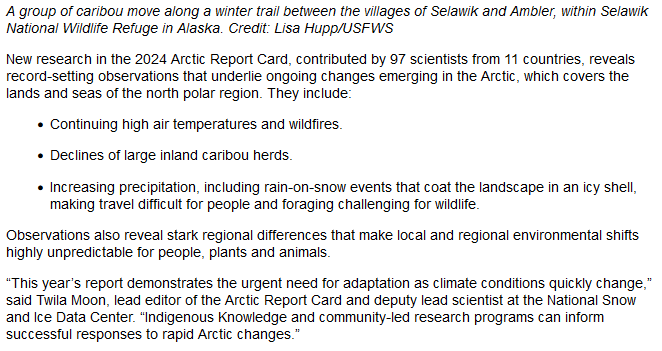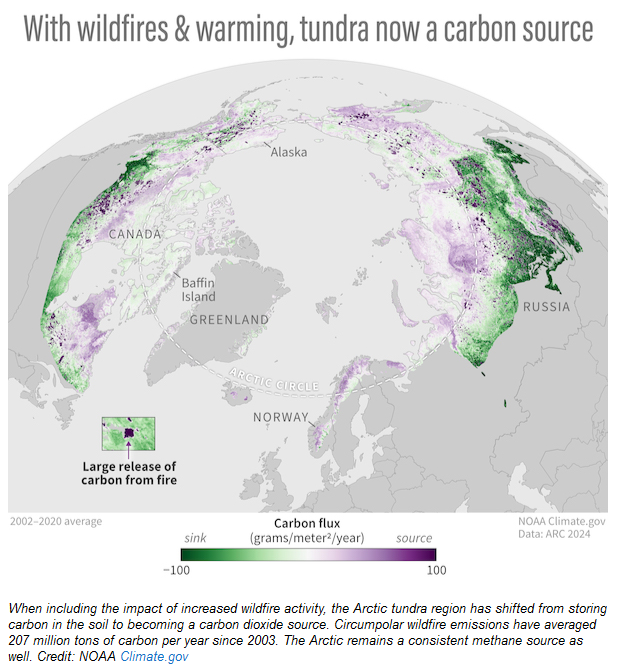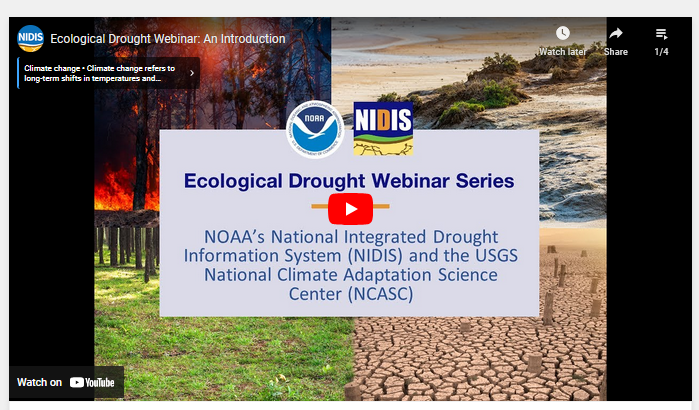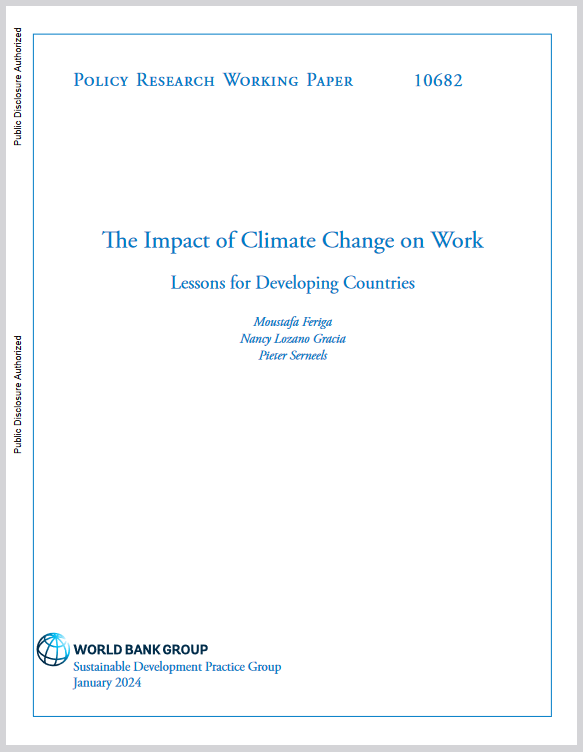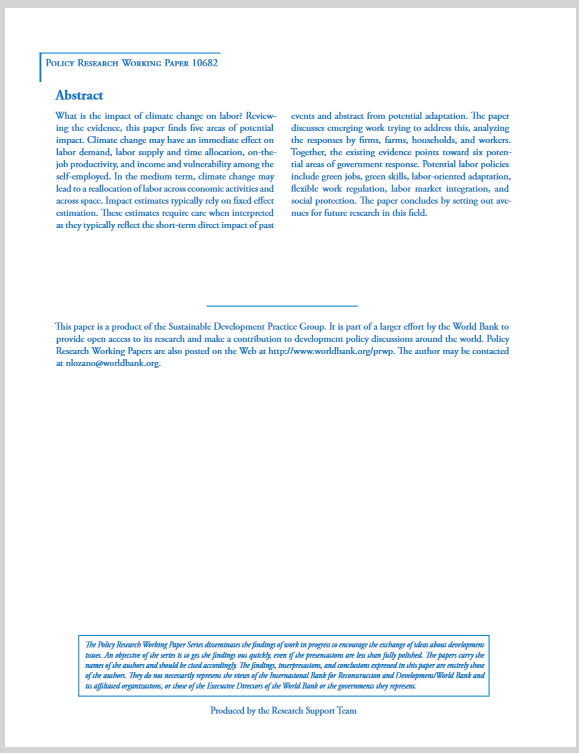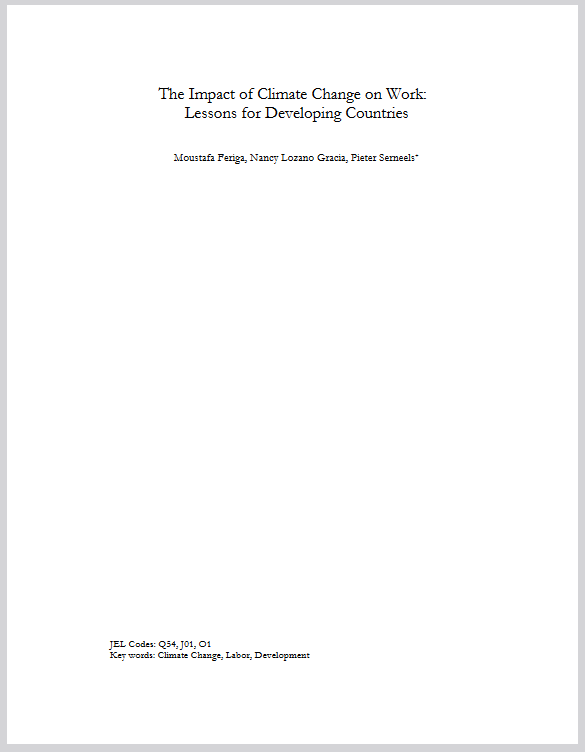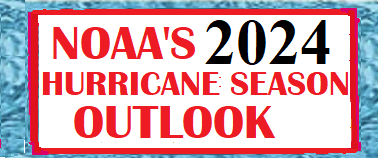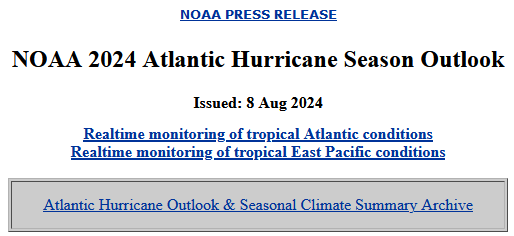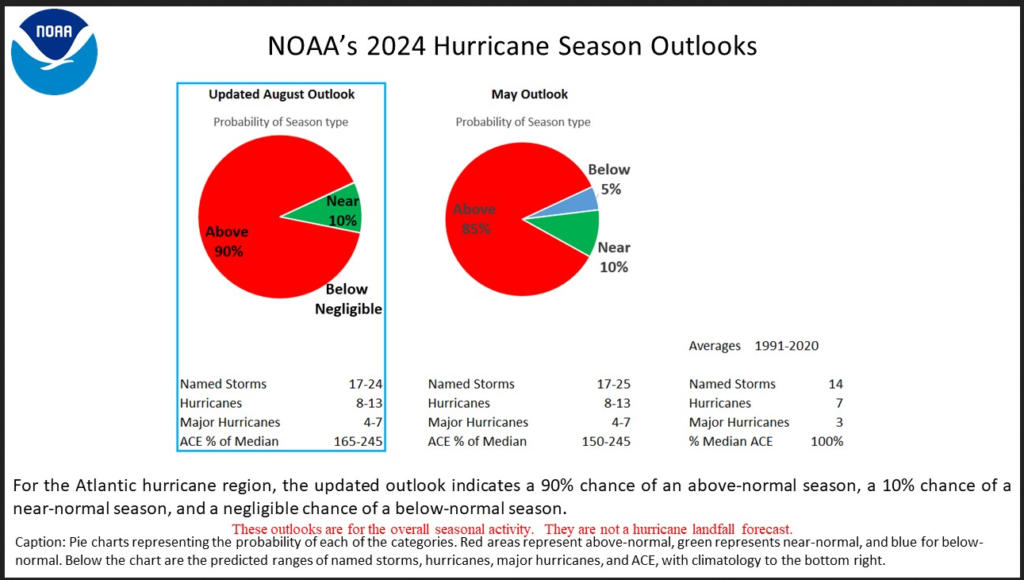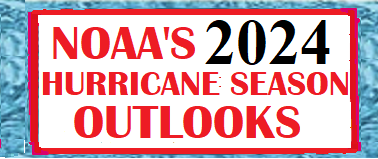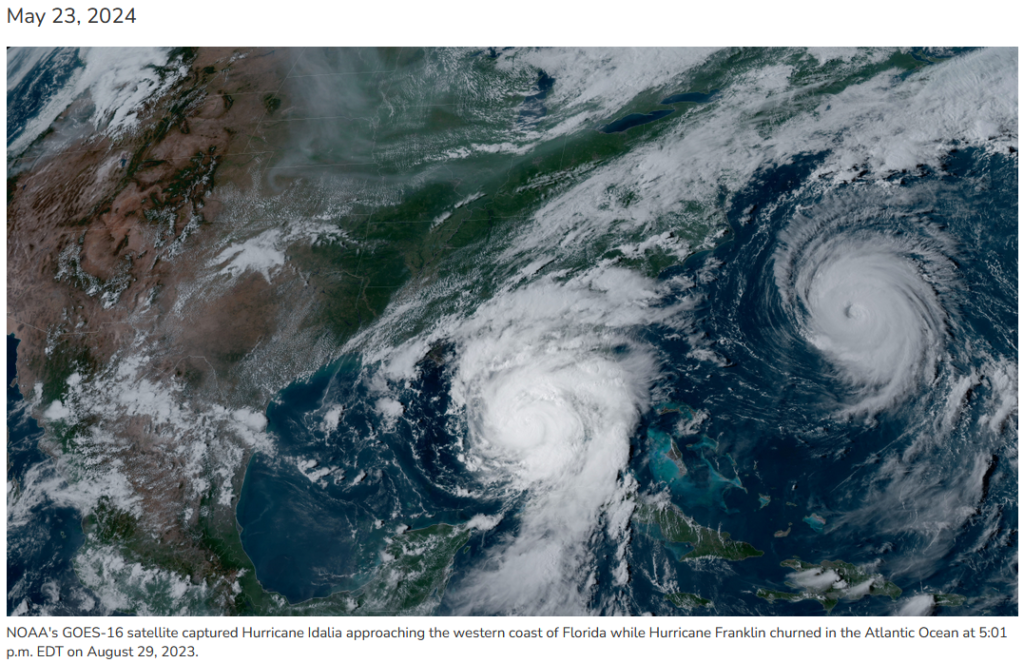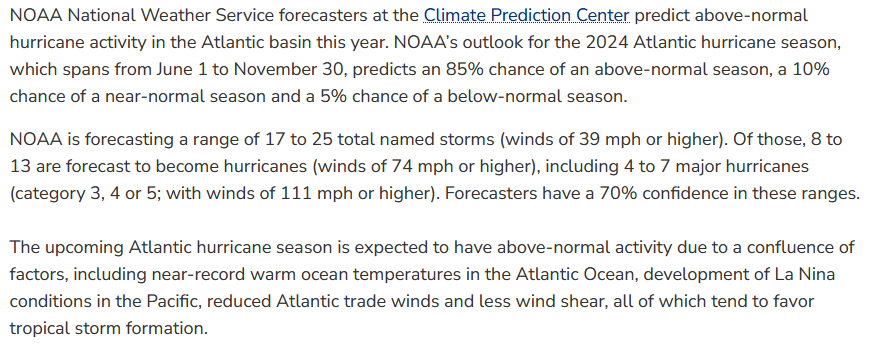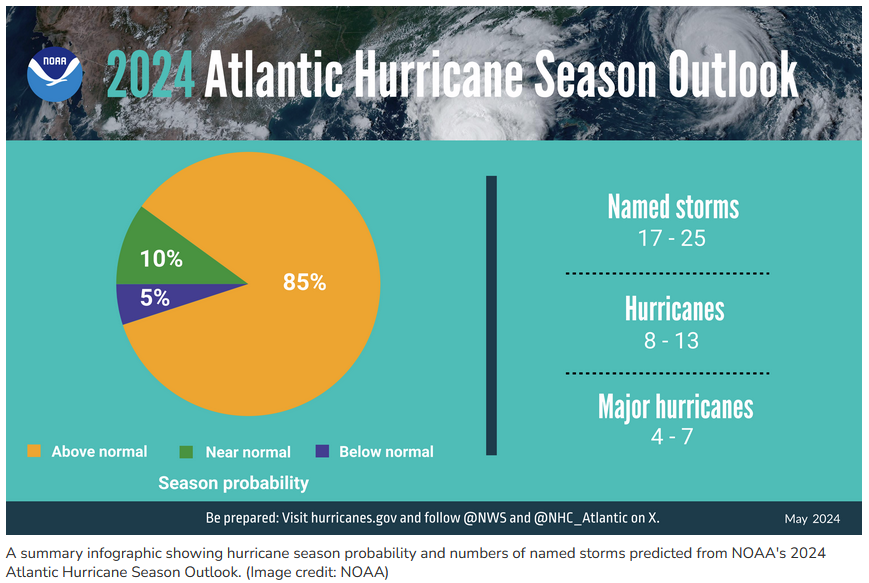
A recent study found drought in the United States has led to approximately 300 million MWh in lost hydropower and $28 billion in lost revenue between 2003 and 2020.
Unraveling the hydropower vulnerability to drought in the United States
Pouya Moghaddasi
et al 2024
Environ. Res. Lett. 19 084038 DOI 10.1088/1748-9326/ad6200
Pouya Moghaddasi1,2,* , Keyhan Gavahi1,2, Hamed Moftakhari1,2 and Hamid Moradkhani1,2,*
Published 23 July 2024 • © 2024 The Author(s). Published by IOP Publishing Ltd
Environmental Research Letters, Volume 19, Number 8 Citation Pouya Moghaddasi et al 2024 Environ. Res. Lett. 19 084038 DOI 10.1088/1748-9326/ad6200
This article is OPEN ACCESS so I have reproduced it here in its entirety. It is very well written so I have not seen the need to add comments to the article but I might highlight certain sentences. I will provide one caution which is that the period studied is a period that was characterized by a lot of drought so it may not be fully representative of the future.
Abstract
Drought, a potent natural climatic phenomenon, significantly challenges hydropower systems, bearing adverse consequences for economies, societies, and the environment. This study delves into the profound impact of drought on hydropower generation (HG) in the United States, revealing a robust correlation between hydrologic drought and hydroelectricity generation. Our analysis of the period from 2003 to 2020 for the Contiguous United States (CONUS) indicates that drought events led to a considerable decline in hydroelectricity generation, amounting to approximately 300 million MWh, and resulting in an estimated loss of $28 billion to the sector. Moreover, our findings highlight the adverse environmental effect of drought-induced HG reductions, which are often compensated by increased reliance on natural gas usage, which led to substantial emissions of carbon dioxide (CO2), sulfur dioxide (SO2), and nitrogen oxide (NOX), totaling 161 700 kilotons, 1199 tons, and 181 977 tons, respectively. In addition to these findings, we assess the state-level vulnerability of hydropower to drought, identifying Washington and California as the most vulnerable states, while Nevada exhibits the least vulnerability. Overall, this study enhances understanding of the multifaceted effects of drought on hydropower, which can assist in informing policies and practices related to drought management and energy production.
Some may need to click on “read more” to access the full article.




